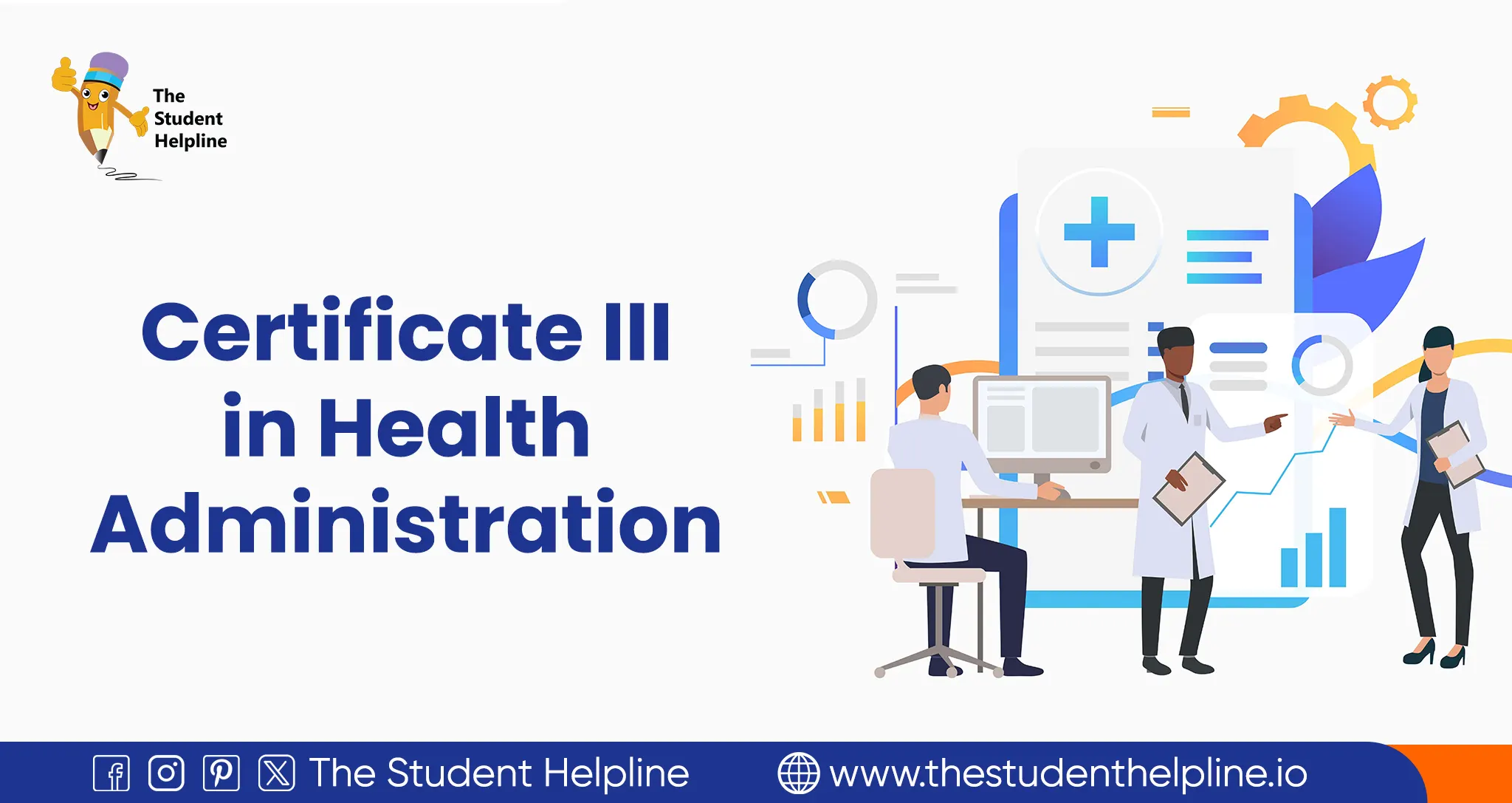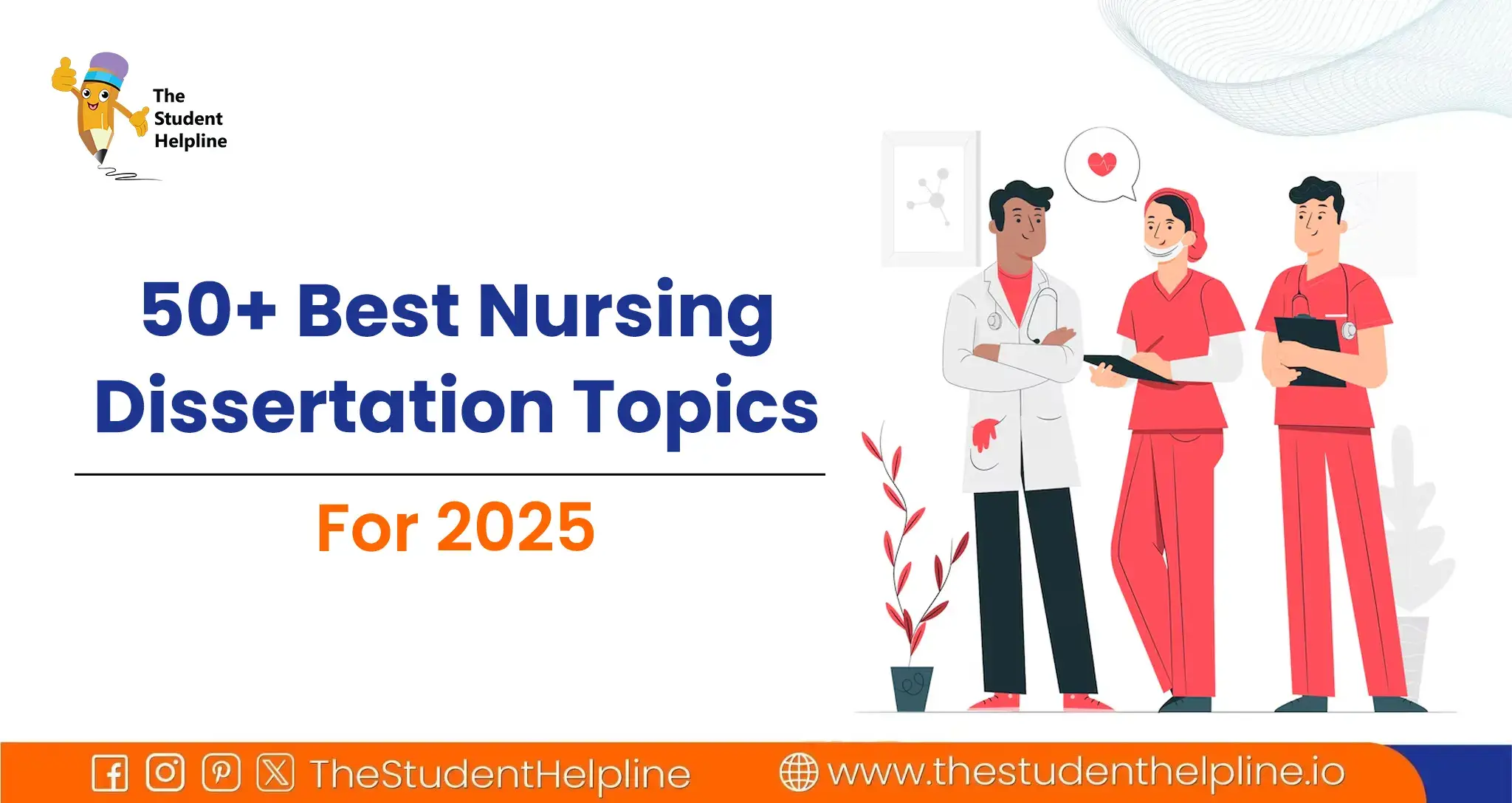Online Environmental Communication Project
Executive Summary
For a long time, the metropolitan and regional areas in New South Wales have been facing water quality issues. The bush fire crisis led to the damage of the water and sewage pipelines, treatment plants or a general loss of drinkable tap water. Further, dangerous pathogens in unfiltered drinking water pumped from dams, lakes and rivers have also found in such areas as Bega, Jindabyne, Scone, Kempsey and Grafton. In this regard, this environmental communication project is designed to address the prevalent water contamination in NSW and persuade the relevant parties including the local and government authorities, water agencies and public in taking action to address this issue. The communication program will be carried out through the local social media platforms where our advocacy group will create pages and reach out to the masses with messages related to this concern and citizens responsibilities.
Environmental Communication Project
1.0 Aims and Objectives
The major aim of this project is to increase the quality and safety of water consumed in New South Wales (NSW).
The subsequent objectives include the following
To ensure that NWS residents consume clean water on a long term basis To ensure that there all sewage lines within NSW are up to to the standard required as a short time goal To increase stakeholder awareness level on the need to treat water before consuming.
2.0 Situation Analysis
Metropolitan and regional areas in New South Wales have been facing water quality issues since the bushfire crisis. The bush fire crisis either led to the damage of the water and sewerage pipelines, treatment plants or a general loss of drinkable tap water (Landow, 2020). Furthermore, the washing of sediments and ash into major water catchment areas for instance, the Warragamba Dam has also reduced water quality within this region. Additionally, the rainfall runoff washes a lot of ash, soil, sediments and other dirt into dams and water ways (Landow, 2020). Aside from the bush fire incident, a report by MI skelly (2017) reveals the presence of dangerous pathogens in unfiltered drinking water pumped from dams, lakes and rivers. The worse hit areas cited in the report includes Bega, Jindabyne, Scone, Kempsey and Grafton. These areas report consistent contamination incidents which are causing possible health risks.
Overflowing and leaking of sewage into local waterways has also been cited as another major pollution issue. Some of the waterways within and around the region of the NSW are found to be mixed with sewage from the leaking lines and after rain. The problems have also been found to happen when storm water penetrates the sewage system. Furthermore, a number of sewer lines in the region have been compromised by faulty joints, illegal connections, old and rusty pipelines, property redevelopment and tree roots that are cracking pipes. Consequently, this has consequently compromised water quality which subsequently leads to health problems to consumers who may be unaware (Hornsby Shire Council, 2020). The leaking sewage lines are also in themselves a health concern for the public. Therefore, there is a greater need for the stakeholders including the government, water governing bodies, and even the public to be aware of their roles in addressing this pollution matter.
3.0 Target Audience
This report and communication is intended to reach the government of NSW. This is because they are in a good position to address the issue of leaking sewage lines and old water pipes. With their authority, the government will order the NSW Department of Water and Industry, Sydney Catchment Authority, Sydney Water and Hunter, and the Australian Department of Water to address the issues raised. These include ensuring that the sewage and water lines are adequate, replacing old pipelines, and ensure that the water is treated as adequately as possible. Further, the government and all the water bodies and agencies should also be on the know-how on the need to create awareness among the masses to consider boiling water among other water treatment measures so as to prevent potential health concerns. The authors of this report also aim at reaching the public and particularly residents of NSW. Accordingly, they will be made aware on the dangers of contaminate water, their roles in identifying and reporting cases of water contaminations and how they can reduce the contamination levels. The report is also geared towards reaching environmental advocacy groups since they will be enlightened on the dangers posed by leaking and insufficient sewage lines. Therefore, in short, the target audience for this report is the government of NSW, the water agencies, the public and environmental advocacy groups.
4.0 Theory
In designing and communicating my message to relevant parties, I purpose to deploy advocacy approach. According to Seelig (2015), advocacy is largely about influence people, existing systems, structures and policies to instigate change. It entails communicating your concerns with those holding authority and trying to persuade them to take action in a way that is equitable and just. At its center is building relationships, promoting, and addressing the causes of the identified societal problem. While anyone is allowed to undertake advocacy programs, it can be done with, by or on behalf of the affected party. In this regard, our advocacy group will reach out to the local and government authorities and through the messages and report presented about water pollution, they will be able to understand the situation on the ground and act appropriately. Apart from the reports and messages that will be placed, there will also be visitations to the relevant authorities where we will be putting our concerns forward. What is more, through our social media pages, we will be reaching out to the public to create awareness on their role of identifying and reporting leaking lines, open sewages in their area and how they can avoid the dangers of contaminated water. We do believe that through our communication programs on social media and local media, the relevant stakeholders will be able to take action and do the necessary. In both short and long term, the safety and quality of water at NSW will be enhanced, subsequently preventing and reducing health concerns related to water contamination.
5.0 Design Identity And Key Messages
The messages will be designed and presented in a friendly but concerned way. However, as much as the messages will be accompanied by appropriate evidence, we will endeavor to be diplomatic as much as possible especially to the government authorities. This is because as much as the information we present will be having weight, they will have the final decision and resources on whether the recommendations will be implemented. The key message of this communication program is enhancing the quality and safety of piped water consumed by residents of NSW.
6.0 Channels
Our advocacy group will mostly employ social media to communicate the messages. This platform is believed to be effective since many people can be reached there while also being cost effective. Furthermore, our group will visit local government representatives like the chief, member of county assembly, member of National Assembly, water agency offices to air the concerns. This is presumed to be an effective way of interacting and reaching out to the concerned parties directly. Moreover, this direct intervention is an effective way of making the authorities responds quickly.
7.0 Evaluation Criteria
The success of the evaluation will be measured when the targeted authorities, that is the water agencies start repairing the leaking sewage lines, replacement of old water pipes and take more measures to improve the quality and safety of consumed water. Furthermore, we would also initiative an online survey to gauge the citizens awareness of water contaminants, contaminants, the status of water they consume and their responsibilities as it regard to water safety. If the resident’s awareness of these issues improves as well as the authorities take appropriate measures, then our campaign will have said to have succeeded.
Must Also Read:- Communication Assignment Help
References
Hornsby Shire Council. (2020). Water Pollution. Retrieved from https://www.hornsby.nsw.gov.au/environment/waterways/water-pollution
Landow, S. (2020). Drinking water under threat: water contamination risks this bushfire season. Retrieved from https://newsroom.unsw.edu.au/news/science-tech/drinking-water-under-threat-water-contamination-risks-bushfire-season MI skelly, G (2017).
Drinking water repeatedly contaminated with pathogens in rural NSW towns. Retrieved from https://www.abc.net.au/news/2017-09-06/drinking-water-contaminated-with-pathogens-in-nsw-towns/8875464 Seelig, M. (2015).
Advocating Environmental Issues Beyond Photography. Qualitative Research Reports in Communication, 16:1, 46-55, DOI: 10.1080/17459435.2015.1086420
The Top Subjects We Cover For Online Assignment Help



 Australia
Australia USA
USA United Kingdom
United Kingdom Canada
Canada Malaysia
Malaysia Singapore
Singapore Hong Kong
Hong Kong Qatar
Qatar UAE
UAE Saudi Arabia
Saudi Arabia Kuwait
Kuwait Bahrain
Bahrain Oman
Oman Jordan
Jordan New Zealand
New Zealand Ireland
Ireland











